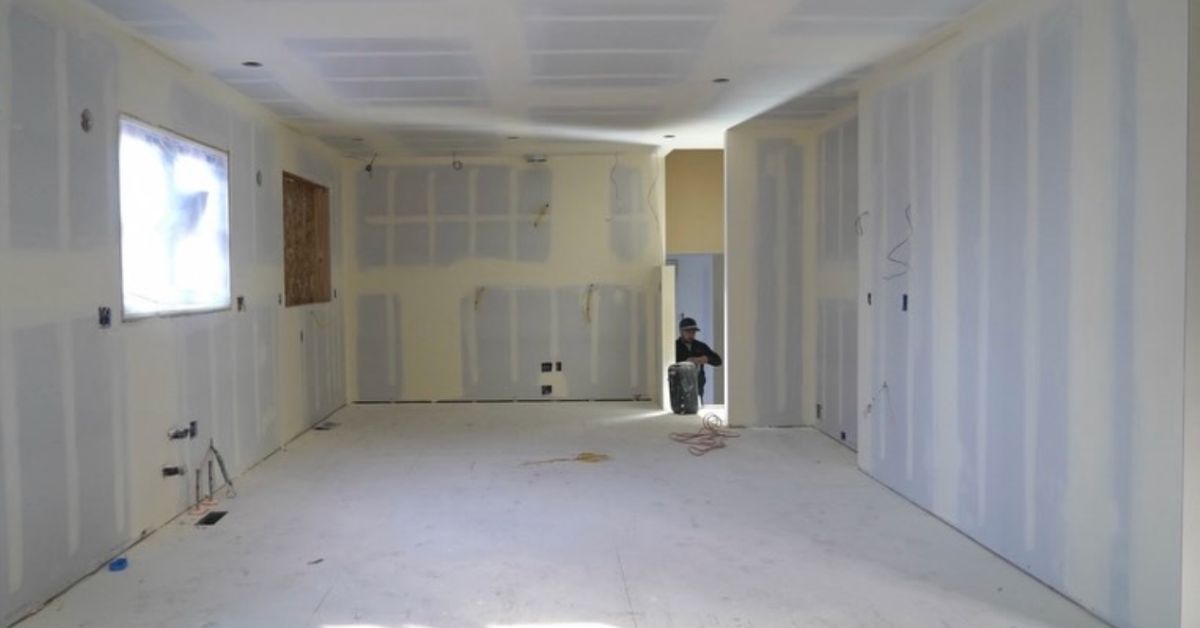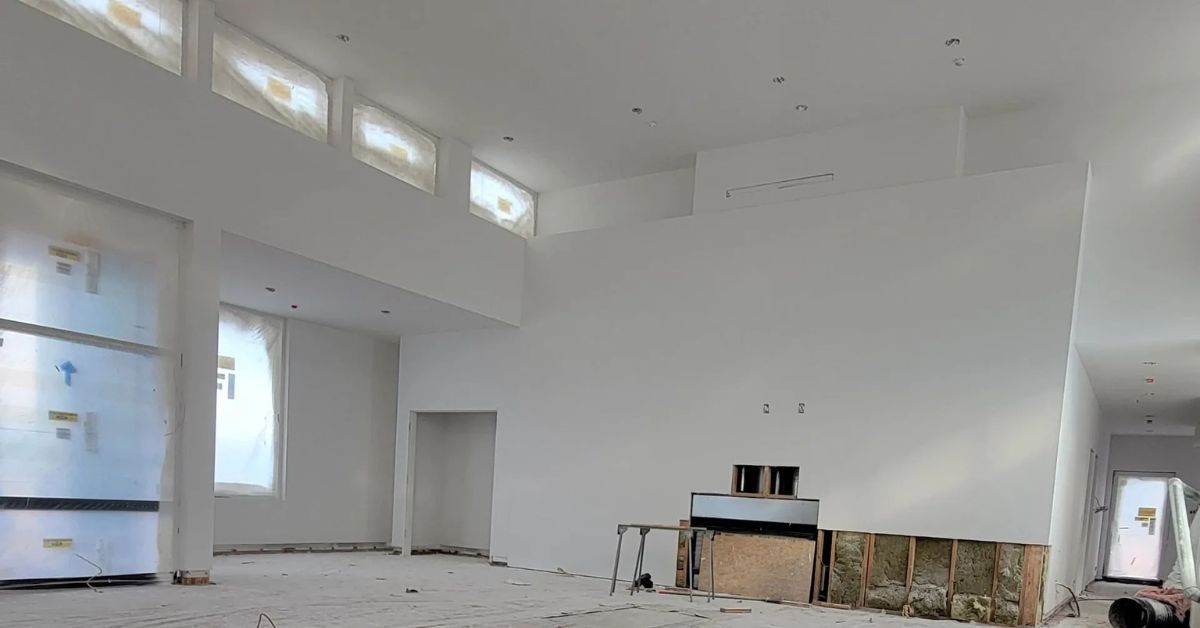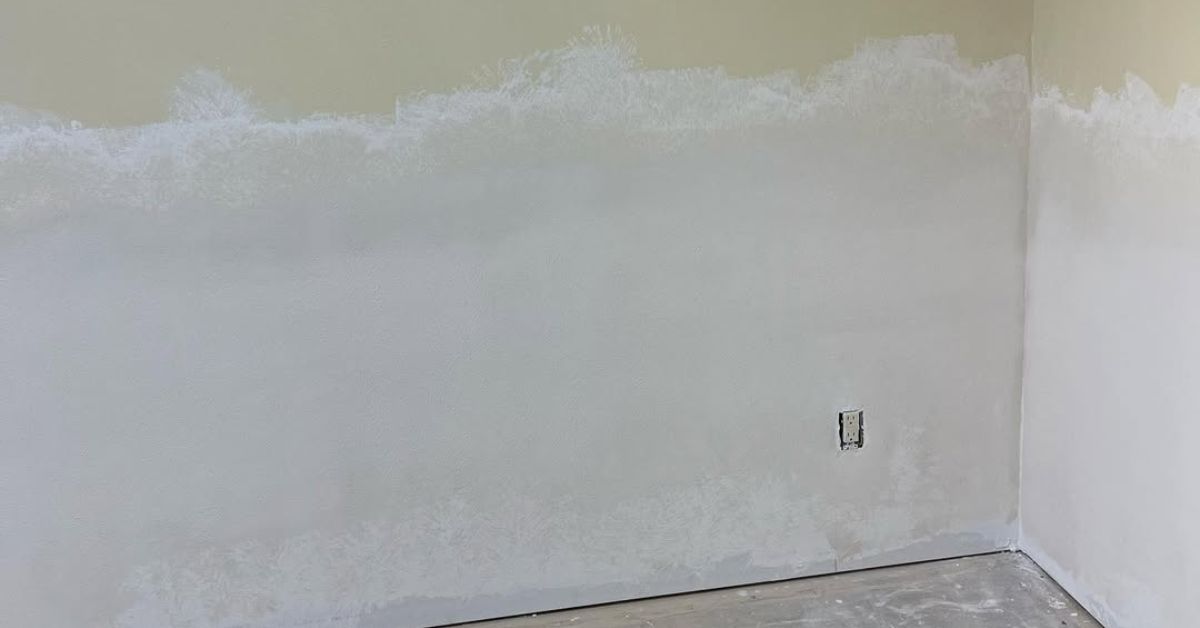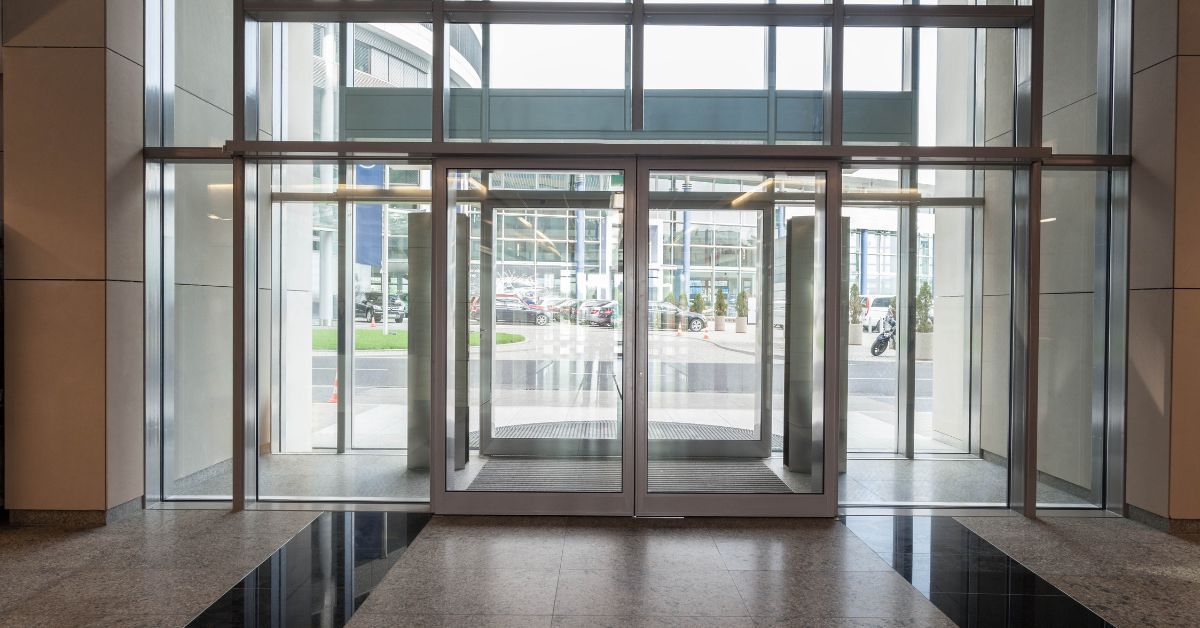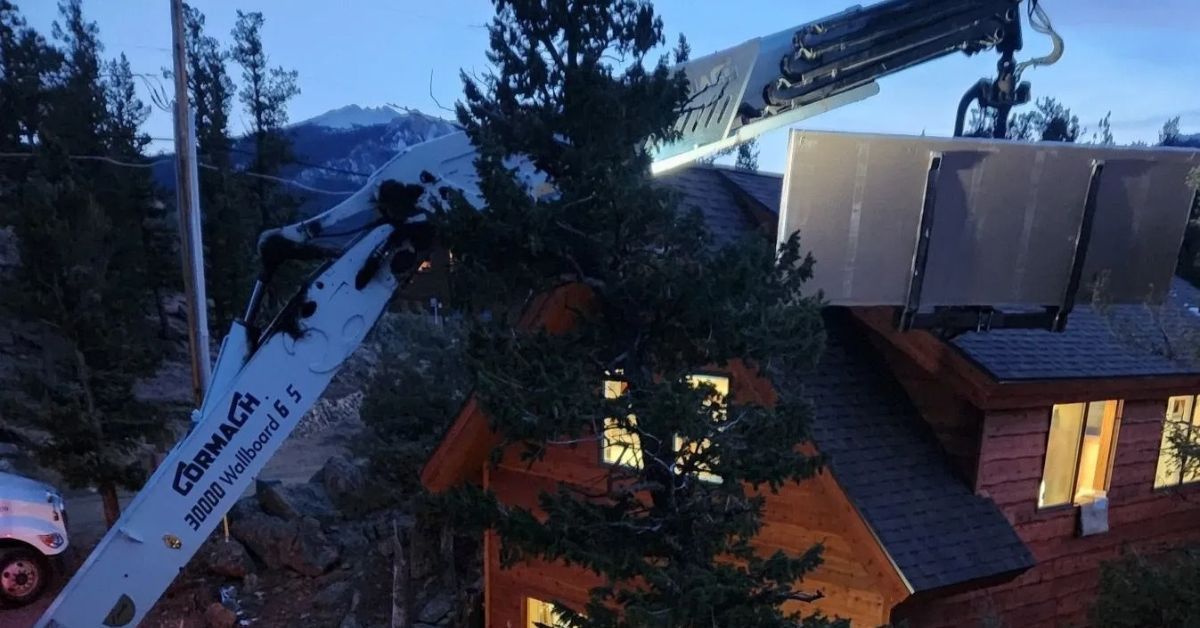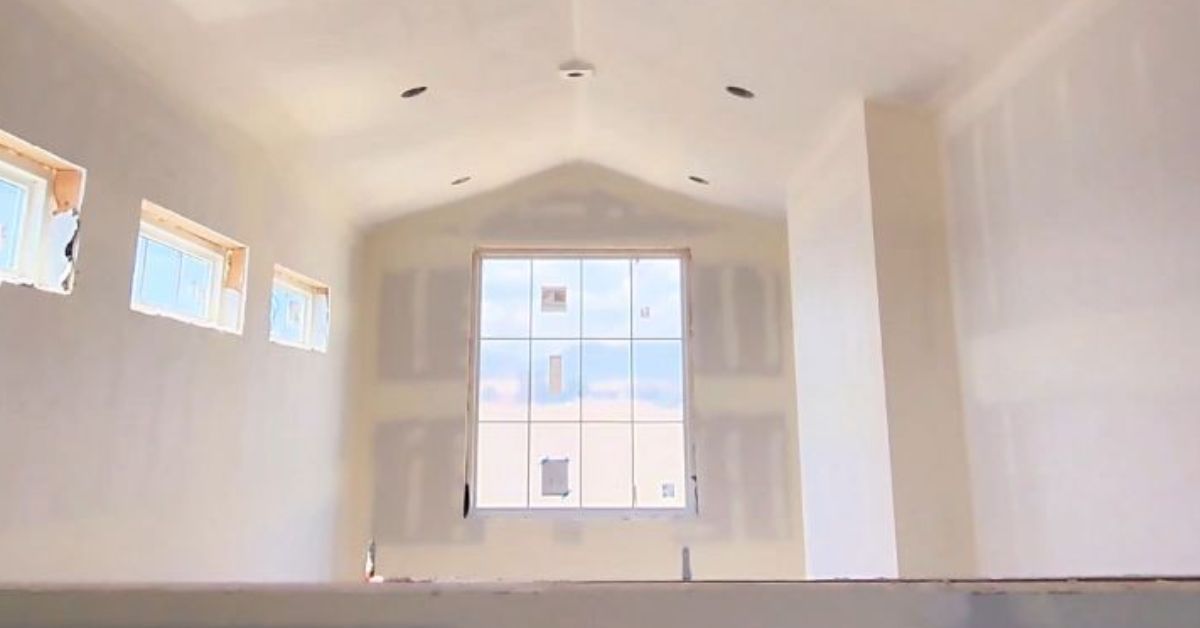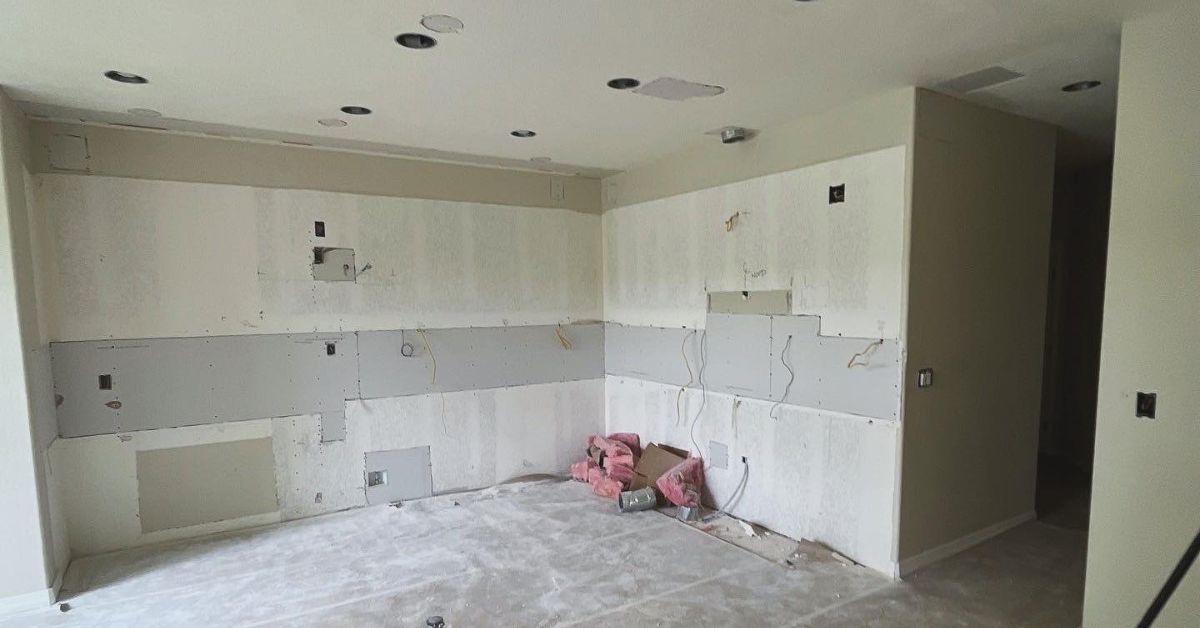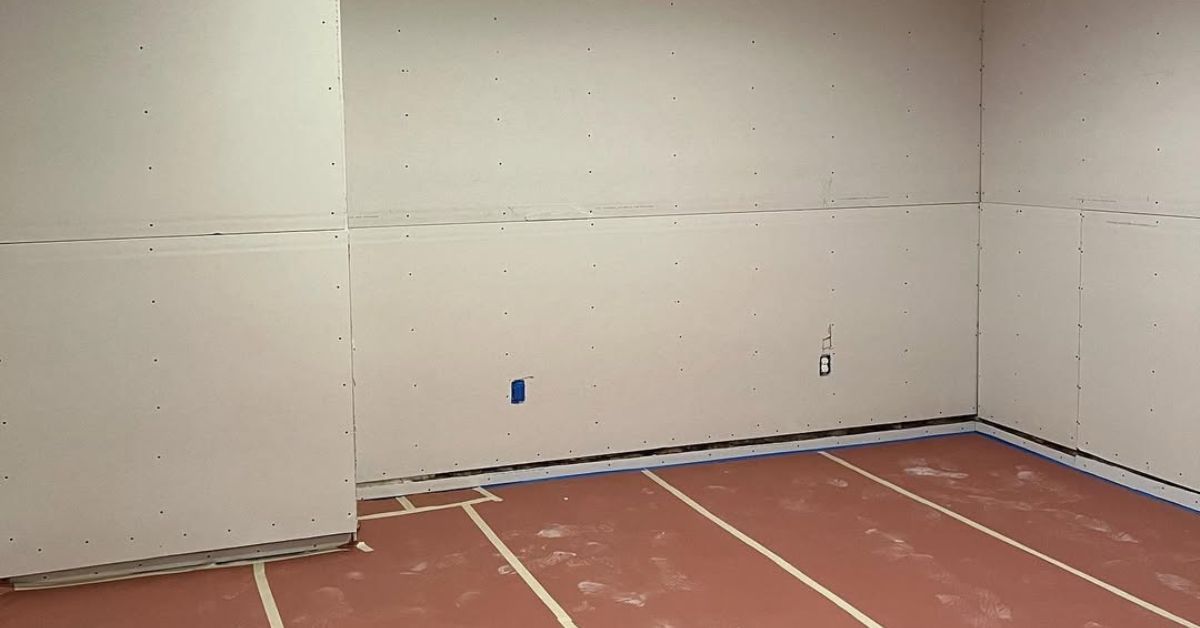How To Maintain Your Drywall and Prevent Future Repairs
Your walls endure daily wear and tear, from humidity fluctuations to accidental impacts, so smart maintenance practices can help you catch minor issues before they worsen. Small cracks, nail pops, and moisture damage on drywall can quickly escalate into costly repairs that require professional intervention. Find out how to maintain your drywall and prevent future repairs after a professional installation.
Understanding Common Drywall Problems
Homeowners often notice drywall damage only after it becomes severe enough to warrant professional repair. However, several warning signs indicate potential issues before they escalate.
For instance, cracks develop in drywall for various reasons, including foundation settling, temperature fluctuations, and structural movement. Hairline cracks typically appear along joints where two pieces of drywall meet, while large cracks may indicate more serious structural issues. Along with this, you may notice nail pops or water damage manifested as discoloration, soft spots, or peeling paint and texture.
Recognizing these warning signs allows you to address problems promptly. With regular inspections, you can identify issues before they require repairs or complete wall replacement.
Regular Inspection and Cleaning Techniques
Effective drywall maintenance starts with routine inspection and proper cleaning methods. Walk through your home monthly to examine walls for new cracks, discoloration, or surface irregularities. This is especially important in areas prone to moisture, such as bathrooms, kitchens, and basements.
When cleaning drywall surfaces, avoid cleaning with harsh chemicals to preserve the integrity of the material. A soft cloth or microfiber duster removes surface dust and debris without scratching the wall. For more thorough cleaning, lightly dampen a sponge with warm water and wring out excess moisture before wiping the surface.
Hallways, children’s rooms, and areas near doorways often show signs of wear first. When you notice signs of damage, contact a professional to determine the cause of the wear and tear.

Controlling Moisture and Humidity Levels
Excess humidity causes drywall to expand and contract, leading to cracks, warping, and eventual deterioration. Maintain indoor humidity levels between 30 and 50 percent to protect your walls from moisture-related damage.
Install exhaust fans in bathrooms and kitchens to remove excess moisture from its source. Run these fans during and after cooking or showering to prevent steam from condensing on walls and surfaces. Ventilation reduces the risk of mold growth, which can compromise both drywall integrity and indoor air quality.
After a rainstorm or a plumbing accident, address water leaks immediately, regardless of their severity. Even small leaks can saturate drywall over time and create soft spots, discoloration, and structural weakness. Check around windows, doors, and plumbing fixtures regularly for water intrusion, and seal gaps and cracks in these areas promptly to prevent moisture from reaching your walls.
Dehumidifiers reduce moisture levels in basements or rooms with poor ventilation. Monitor humidity levels with a simple hygrometer, and adjust the dehumidifier settings as needed to maintain optimal conditions.
Temperature Management and Environmental Factors
Maintain consistent indoor temperatures to minimize expansion and contraction cycles that damage your walls. Sudden temperature changes create the most stress, so avoid dramatic adjustments to your heating and cooling systems.
Insulation quality affects how temperature changes impact your drywall. Well-insulated walls experience fewer temperature swings and remain more stable over time. If you notice recurring cracks in specific areas, poor insulation may contribute to the problem.
Along with this, direct sunlight exposure can also affect the condition of drywall. UV rays fade paint and can cause slight expansion in wall materials. Use window treatments to filter intense sunlight and protect your walls from prolonged exposure.
Addressing Minor Issues Before They Escalate
When you notice small signs of damage, there are simple DIY steps you can take to maintain your drywall and prevent future repairs. For example, nail pops require minimal intervention. Gently tap protruding nails back into place, apply a small amount of joint compound over the area, sand it down, and touch up with matching paint.
Hairline cracks respond well to mesh tape and joint compound application. Clean out loose debris from the crack, apply mesh tape, and cover with a thin layer of compound. Feather the edges to blend with the surrounding surface, and sand it smooth after drying.
Small holes from picture hangers or minor impacts need immediate attention to prevent expansion. Using a spackling compound or joint compound to fill holes, smooth the surface and sand once dry. Prime and paint the repaired area to match the surrounding wall.
For the best results, keep repair supplies on hand for quick fixes. Joint compound, spackling paste, sandpaper, and touch-up paint allow you to address minor issues immediately.
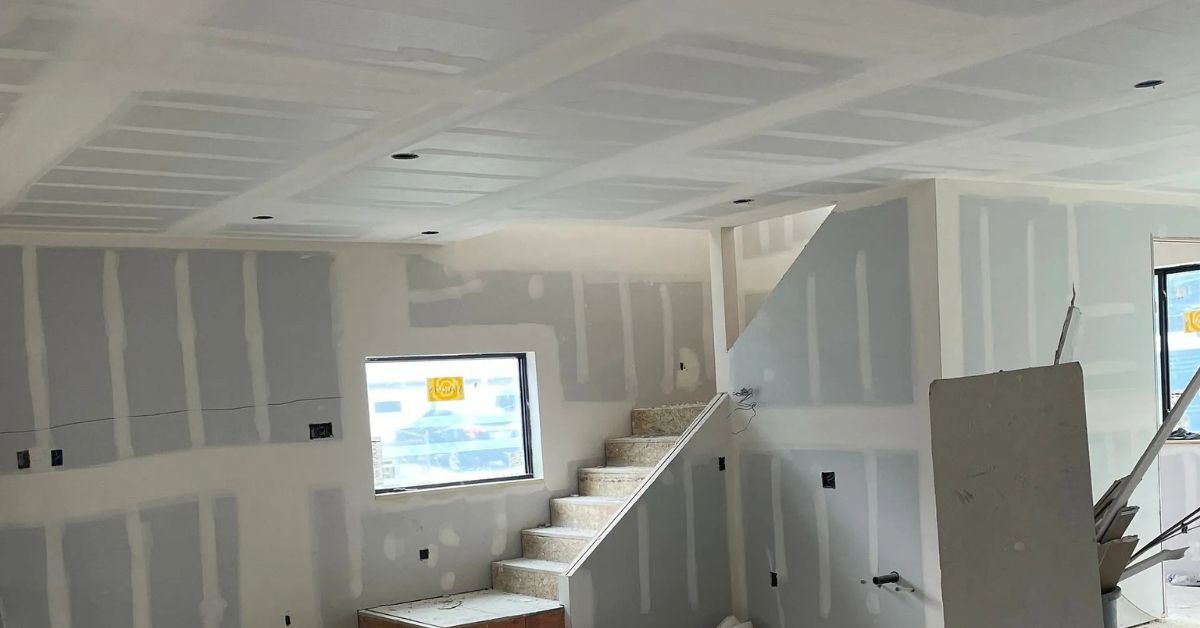
While homeowners can DIY many basic maintenance tasks, certain situations require professional intervention. Large cracks, extensive water damage, or recurring problems may indicate underlying structural issues that need expert assessment.
Professional drywall contractors have specialized tools and experience to diagnose complex problems. They can identify whether cracks resulted from normal settling or indicate foundation issues requiring immediate attention. Water damage assessments often reveal hidden problems that inexperienced homeowners might miss.
These specialists can also match the texture of your drywall. Achieving seamless repairs that blend with existing textures requires skill and specialized equipment. Attempting complex texture matching without experience could result in obvious patches that detract from your home’s appearance.
Schedule professional inspections if you notice multiple problems developing simultaneously or if DIY repairs fail to hold over time. Persistent issues often indicate larger problems that require comprehensive solutions rather than temporary fixes.
Long-Term Maintenance Strategies
Developing a comprehensive maintenance schedule can preserve your drywall. Create seasonal checklists that include drywall inspections. Spring and fall are ideal times for thorough wall assessments when you’re already evaluating other aspects of your home’s condition.
In between maintenance, invest in quality paint and primers that protect your drywall surfaces from daily wear. High-grade paints resist staining, washing, and fading better than budget alternatives. Primer application creates a protective barrier that extends the life of both paint and underlying drywall.
Also, consider upgrading to moisture-resistant drywall in problem areas during renovation projects. Green board or cement board installations provide unmatched protection in bathrooms, kitchens, and basements where standard drywall may struggle with environmental conditions.
If you’re looking to replace or build a new structure on your property, partner with Rival Drywall! Our team of specialists conducts drywall installation services that prioritize high-quality materials and longevity for your home. Visit our website for a consultation today.


